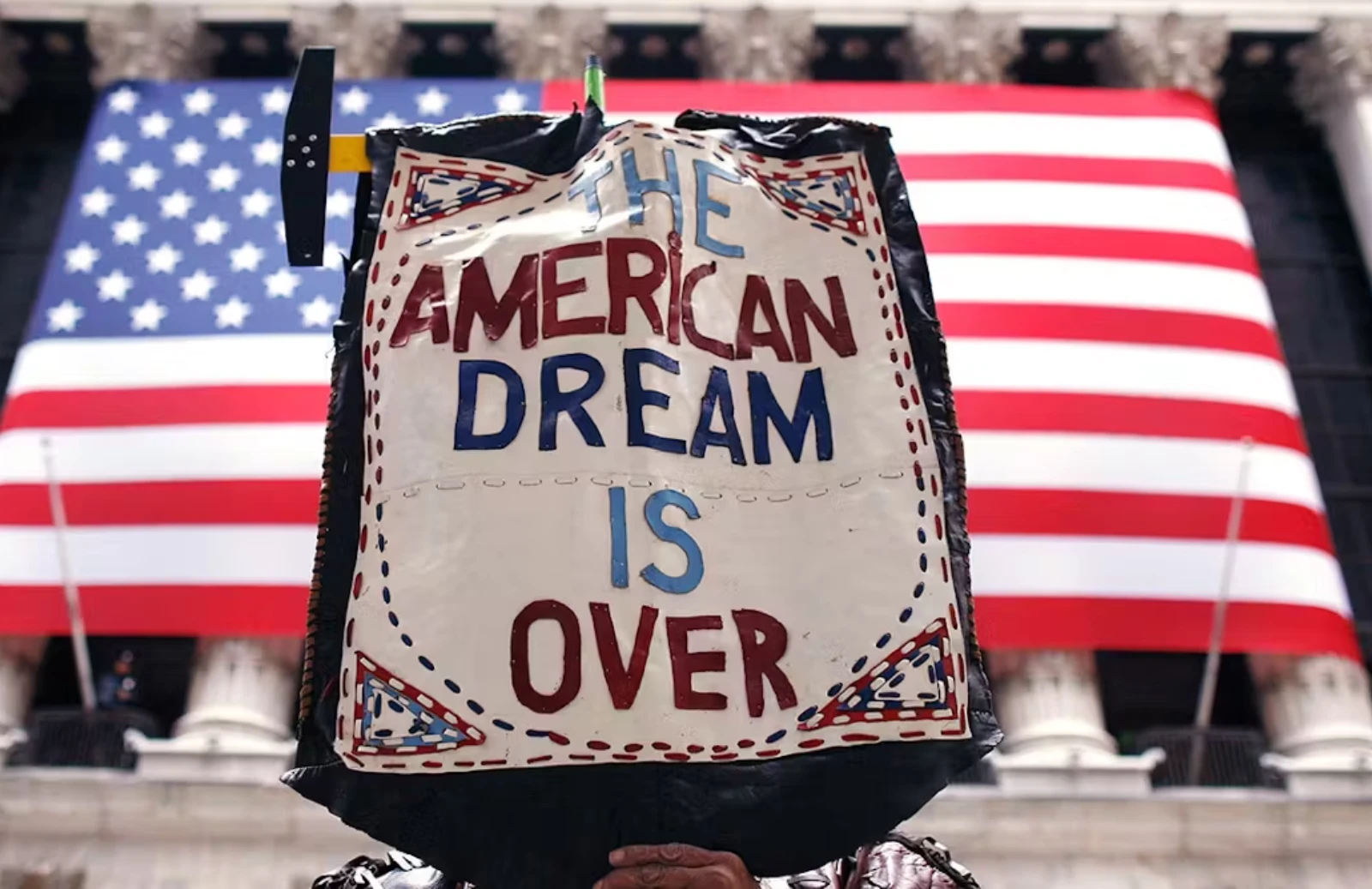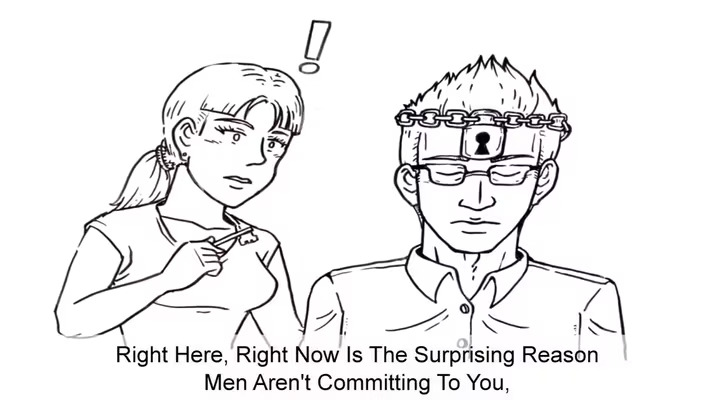The American Dream has long symbolized the belief that anyone, regardless of their background, can achieve success and prosperity through hard work and determination. This idea has inspired generations, drawing millions to the United States with hopes of a better future. However, in recent years, a growing chorus of voices has questioned whether the American Dream is still attainable. Experts from various fields weigh in on this contentious debate.
Economic Disparity and Access to Opportunity
One of the primary arguments suggesting the American Dream is dead revolves around economic disparity. Over the past few decades, income inequality in the United States has widened significantly. Economists like Thomas Piketty and Joseph Stiglitz highlight that the wealthiest 1% of Americans control a disproportionately large share of the nation’s wealth. This concentration of wealth raises concerns about upward mobility for the average citizen.
Sarah Kendzior, a journalist and scholar, argues that the American Dream is a myth for many. She notes that structural barriers such as stagnant wages, rising costs of living, and exorbitant student debt prevent individuals from achieving financial stability, let alone prosperity. “The idea that hard work guarantees success is increasingly detached from reality,” Kendzior asserts.
Educational Barriers
Education has traditionally been viewed as the great equalizer in American society. However, disparities in educational quality and access pose significant challenges. Schools in affluent areas tend to have more resources, better facilities, and highly qualified teachers compared to those in underfunded, low-income districts. This educational divide perpetuates cycles of poverty and limits opportunities for children from disadvantaged backgrounds.
Pedro Noguera, an education expert, emphasizes that systemic inequities in education contribute to the erosion of the American Dream. “If we fail to provide equal educational opportunities, we cannot expect individuals to have equal chances at success,” Noguera states.
The Role of Race and Gender
Race and gender also play critical roles in the debate. Despite progress in civil rights, racial and gender disparities persist in income, employment, and wealth accumulation. African Americans, Latinos, and women often face systemic discrimination that hinders their economic advancement.
Sociologist Barbara Ehrenreich points out that the American Dream has historically been more accessible to white males. She argues that for many minorities and women, the dream has always been elusive. “The American Dream needs to be redefined to include the experiences and struggles of all Americans,” Ehrenreich argues.
The Optimistic View
Not all experts agree that the American Dream is dead. Some believe it is evolving rather than disappearing. John Hope Bryant, an entrepreneur and financial literacy advocate, maintains that the American Dream is still alive, but its pathways have changed. Bryant emphasizes the importance of entrepreneurship, innovation, and financial education in achieving success in the modern economy.
Optimists argue that technology and globalization, while disruptive, also create new opportunities. The rise of the gig economy, remote work, and digital entrepreneurship can provide alternative routes to prosperity. However, they acknowledge that these opportunities require adapting to new economic realities and acquiring relevant skills.
Conclusion
The debate over the American Dream’s viability is complex and multifaceted. Economic inequality, educational disparities, and systemic discrimination present formidable obstacles. Yet, there are also stories of resilience and success that keep the dream alive. Ultimately, whether the American Dream is dead depends on one’s perspective and experiences. As the United States continues to grapple with these challenges, the dream’s future may lie in redefining it to be more inclusive and reflective of contemporary realities.










